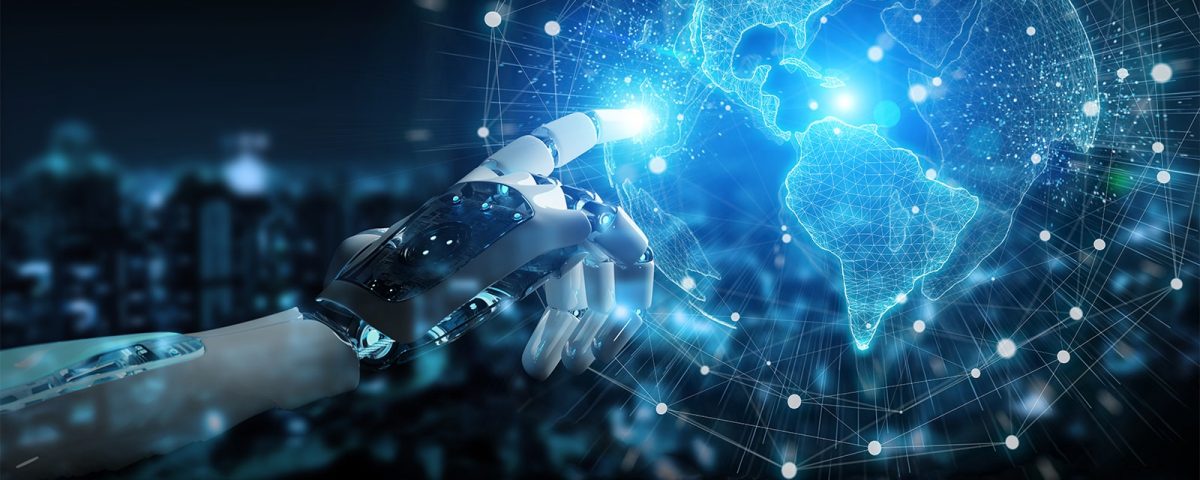
Top 5 impact of Artificial Intelligence in the Education system
March 3, 2021Remote sensing is the art and science of creating measurements of the world using sensors on airplanes or satellites. The collection of data from sensors within the sort of images and supply specialized capabilities for manipulating, analyzing, and visualizing those images.
1. Data collection and surveying technique: Remote sensing is a technique to survey and collect data regarding an object or an aspect without any physical contact with the object or the phenomenon being observed.
2. Retrieve large data: Remote sensing technology is meant to gather and retrieve large amounts of data regarding an object or a phenomenon. The data might be about various aspects of the phenomenon including its position on the surface.
3. Manual fieldwork reduction: Remote sensing upon technical instruments to gather data over large areas reduce the manual work that keeps having required tons of people to do.
4. Retrieval of information in regions difficult or impossible to access: Remote sensing can allow data to be retrieved in places where humans cannot access like over volcanic mountains, ocean depths, and several other locations.
5. Communicating information between departments: Remote sensing technique isn’t ideal to be used as a tool for communicating information between different departments because it’s not meant to provide this kind of information.
A geographic information system (GIS) used as a computer-based tool for mapping and analyzing feature events on earth. GIS technology integrates common database operations, like query and statistical analysis, with maps. GIS manages location-based information and provides tools for the display and analysis of varied statistics, including population characteristics, economic development opportunities, and vegetation types. GIS allows you to link databases and maps to make dynamic displays. Additionally, it provides tools to visualize, query, and overlay those databases in ways beyond traditional spreadsheets. The ability to distinguish GIS from other information systems, and make it valuable to a vast range of public and personal enterprises for explaining events, predicting outcomes, and planning strategies.
1. Computing system consisting of hardware and software: A GIS system may be a computing system that consists of software to analyze the collected data and hardware that the software would operate in.
2. Deal with unlimited and frequent data edits: A GIS system abides to be robust that helps to analyze enormous amounts of data also grant unlimited data edits and alter without any threat of collapse.
3. Faster and more efficient: A GIS system is more efficient in terms of data processing due to sophisticated components within the system to analyze the data.
4. Mostly used for data analysis: A GIS system is usually adapted to analyze complex data and interpret the large datasets into more meaningful information that helps to make better decision making.
5. A perfect tool for communication between different departments: A GIS system is clear and effortless to use which makes it ideal to be used as a tool of options to communicate between different departments.

